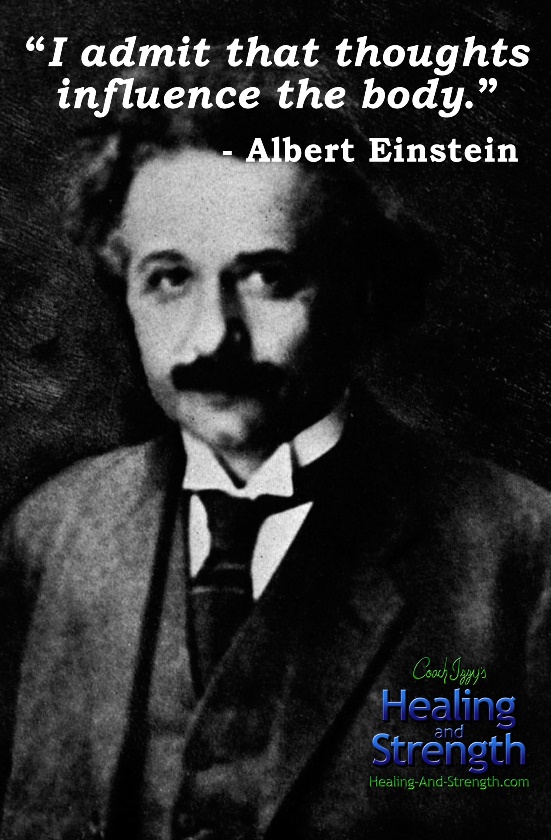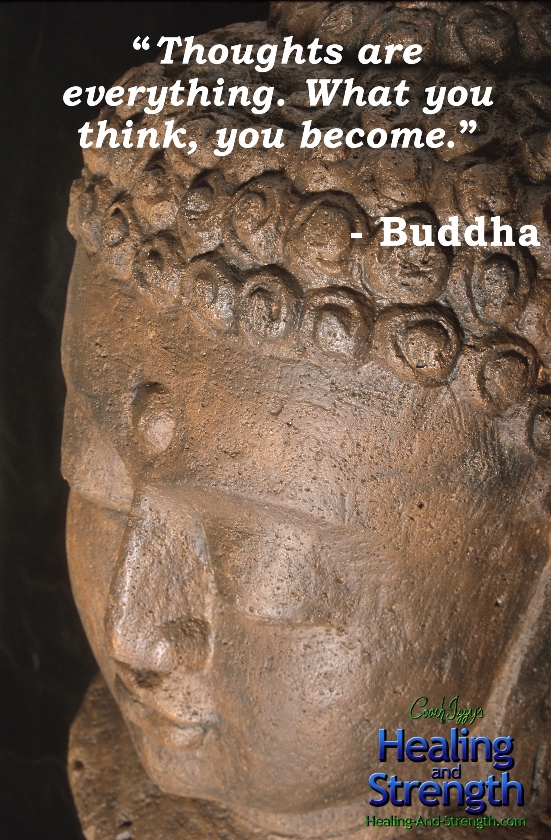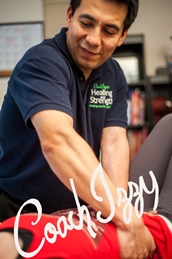
“His tension headaches keep coming back,” the dad said about his son. “He feels better for a week and then the headaches return.” He sighed. “I thought you could fix him.”
I had seen the son for three sessions. His symptoms manifested as pressure that triggered debilitating pain and nausea. Medications provided little relief and he had tried other therapies with the same result: The relief only lasted temporarily.
The son’s history showed a few sports injuries but nothing that would perpetuate his condition—until he unknowingly made a revelation.
I’ll elaborate on this later on but first, this is a topic I consider the binding glue of healing. What I’m referring to is a spectrum with several monikers: attitude, perspective, spirituality, or woo-woo—it is our thoughts. As unique as the individual, they’re influenced by our environment to shape how we catalog ourselves and, ultimately, how we view life and the healing process.
I can think of two cases that illustrate both ends of this spectrum. On the one hand, a 40 year old with a case of patellar tendonitis. “Have you ever seen anyone as messed up as me?” she asked when I finished taking her history. I raised my eyebrow. Her condition was nowhere close to messed up but I knew then that her healing journey would be arduous. Her improvement was, at best, marginal.
On the other hand, a 70 year old car-wreck survivor. She had experienced the accident two decades prior and had endured bouts of reconstructive surgery and rehabilitation. But there were no tales of woe, only expressions of gratitude. “Look, son,” she said after we reviewed her history, “I felt myself passing out right after I crashed. I only thought of my children and prayed not to leave this world without seeing them again.” She then smiled. “When I woke up from the coma, they were all around me. The rest …,” she said, pointing at the chart with her issues, “is just an inconvenience.”
Her recovery was remarkable.
I don’t know if there’s a mathematical method to quantify the effects of thoughts and organize them into physical components. I only know that what each individual thinks—and perceives—of the world will ultimately dictate their recovery.
Those who direct their thoughts to their limitations, often magnify their conditions, see small progress as a false hope, and feel aggravated by the world. Not surprisingly, the chronic stress they create keeps the sympathetic—or fight or flight—division of their nervous system flared up. Chronic stress is not conducive to long-term healing.

Conversely, those who focus their thoughts on their progress don’t necessarily deny their pain but they embrace what they can do rather than what they can’t. They celebrate all improvements, no matter how small, because it is another step to long-term healing. They’re not afraid to take responsibility for their outcomes.
Call it the desire to heal, call it a resilient spirit, call it optimism—the attribution is irrelevant. Again, my observation is that those who focus their thoughts on progress recover with remarkable speed.
Unfortunately, the boy at the beginning of my story dwelled in the woeful end of the thought-spectrum. His opening reports were a barrage of afflictions and complaints—even when his assessments showed otherwise. Imagine my surprise at his fourth treatment, as I scanned and told him of the changes I noticed, that he reported that the intensity of his headaches had actually diminished, that he was more alert, slept better, and had resumed exercise in the hopes of returning to sports soon.
“Why didn’t you tell me this at the beginning?” I asked. “I thought you were making no progress.”
“But I’m doing better,” he said. His eyes moved pensively. “I don’t know why I didn’t tell you.”
His situation was familiar—his body responded but failed to hold on to the treatment, even in the absence of perpetuating factors. I had a suspicion as to why.
I had met his family. His parents were some of the sweetest people you could ever meet, educated, hard-working, and dedicated to their two sons—but they were unconsciously creating an environment that wasn’t conducive to healing. His mother frequently complained of innumerable ailments—conditions that could never be confirmed by medical tests. His father was an honorable man but thought of himself as the victim of an unfair system that kept him down.
And I suspect those thoughts were influencing the boy. Unhealthy thoughts affect not only those having them, but also those who surround them.

The power of thoughts into our health is not a modern discovery. Just as Albert Einstein recognized the powerful influence of thoughts, so did other great thinkers of millennia ago. It was Buddha, after all, who taught us that we create our reality through our thoughts.
But those who surround us can also have a positive influence with constructive thoughts. Whether through community, faith, or energy, those who give us support and peace can help us heal faster and feel empowered.
It know—this thoughts business is too esoteric, too out there, too … woo-woo. Yet its influence is so powerful in the healing process that neglecting to at least consider it would be a closed-minded disservice.
It all goes back to what we mentioned in the second article of this series: That ultimately you have the power to make healing happen. My personal observation is that therapy and lifestyle changes are more fruitful if guided by constructive thoughts.
Until next time, may you enjoy a fit and pain-free life!
